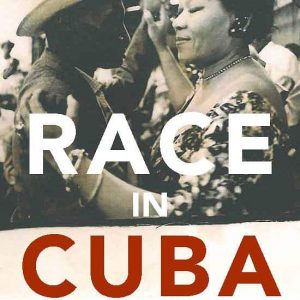Race in Cuba: Essays on the Revolution and Racial Inequality, by Esteban Morales Domínguez; edited and translated under the direction of Gary Prevost and August Nimtz. New York: Monthly Review Press, 2013. Paper, $19.95. pp. 244.
Antoni Kapcia
Race in contemporary Cuba is a delicate and hotly contested issue. What most agree is that pre-1959 Cuba was characterized by a stark racial inequality which, rooted in a relatively recent history of slavery (abolished only in 1886), was addressed after January 1959 by legally eliminating its more evident institutional manifestations, by a social program which particularly benefitted those at the bottom of the old social structure, and by a mass emigration which initially was predominantly (83.5%) white (94). More recently, we know that after the 1990s’ traumatic crisis (following the Soviet and socialist bloc collapse) and the unprecedented changes to counter that crisis (including increased tourism and toleration of the U. S. dollar), inequality partly returned, as remittances from relatives abroad disproportionately benefitted whites.
Inevitably, the truth lies in a much more complex approach, which is precisely where this book comes in. Not only does Morales provide a thoughtful counter to hyperbole and a priori political positions, but he writes “from within,” as a black Cuban on the island, a member of the Cuban Communist Party and an activist for change on the race question….

Comments are closed.